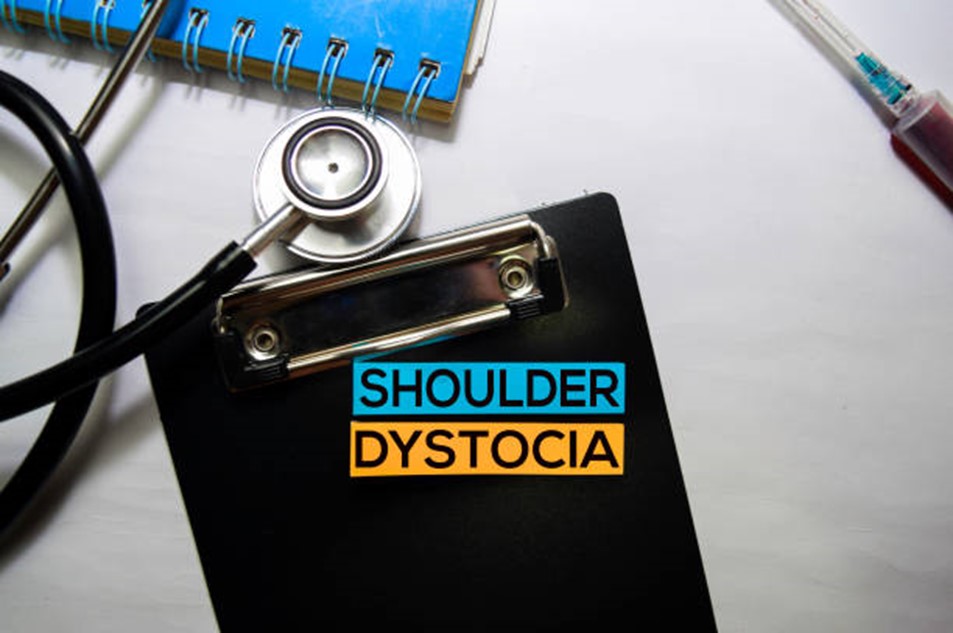
Shoulder dystocia is a serious birth complication that occurs when a baby’s shoulder becomes trapped behind the mother’s pelvic bone during delivery. This emergency situation can lead to nerve damage, fractures, and long-term disabilities if not handled correctly by medical professionals. At Buckeye Law Group, we fight for families affected by shoulder dystocia due to medical negligence.
What Causes Shoulder Dystocia?
While some cases of shoulder dystocia occur naturally, others result from poor medical decision-making. Common risk factors include:
- Large Baby (Macrosomia) – Babies weighing over 8 pounds 13 ounces have a higher risk of getting stuck during birth.
- Maternal Diabetes – Gestational diabetes increases the likelihood of excessive fetal growth.
- Prolonged Labor – A difficult or delayed labor raises the chances of complications.
- Improper Use of Forceps or Vacuum Extraction – Excessive force can cause serious birth injuries.
- Failure to Perform a C-Section – In some cases, doctors fail to recommend a necessary cesarean section, leading to shoulder dystocia injuries.
Potential Injuries Caused by Shoulder Dystocia
If not handled correctly, shoulder dystocia can lead to severe birth injuries, including:
- Brachial Plexus Injuries (Erb’s Palsy) – Nerve damage that affects movement and sensation in the baby’s arm.
- Clavicle or Humerus Fractures – Broken bones can occur if excessive force is used during delivery.
- Oxygen Deprivation (Hypoxia) – In severe cases, babies can suffer brain damage due to lack of oxygen.
- Maternal Injuries – Mothers may experience severe tearing, hemorrhaging, or uterine rupture.
When Shoulder Dystocia Is Considered Medical Malpractice
Doctors and nurses are trained to recognize risk factors and handle emergencies like shoulder dystocia properly. If they fail to act quickly or use excessive force, it may be considered medical negligence. Common examples of malpractice include:
- Failing to Anticipate Shoulder Dystocia Risks – Not recommending a C-section for high-risk pregnancies.
- Improper Delivery Techniques – Using excessive force or incorrect maneuvers.
- Delayed Emergency Response – Taking too long to perform necessary medical interventions.
How Buckeye Law Group Can Help
Families dealing with shoulder dystocia injuries deserve justice. Our experienced birth injury attorneys investigate medical records, consult with experts, and build strong cases to hold negligent healthcare providers accountable.
Call 800-411-PAIN or complete our contact form for a free, no-obligation case consultation today.
Suing for a Loved One’s Death After a Trucking Accident
Understanding Wrongful Death Claims Involving Commercial Trucks Losing a loved one in a trucking accident is one of the most devastating events a family can experience. Alongside overwhelming grief, families
Trucking Logs and Black Boxes: What Evidence Can Be Used?
Why Evidence Is Critical in Truck Accident Claims Truck accident cases are far more complex than standard car crashes, largely because of the amount of technical evidence involved. When a
Slip and Fall Accidents: When Property Owners Fail to Keep You Safe
Why Slip and Fall Accidents Are Serious Personal Injury Cases Slip and fall accidents are often dismissed as minor or unavoidable, but the reality is very different. These incidents can
Slips, Trips, and Falls in Stores and Businesses: Your Legal Rights
Why Retail Slip and Fall Accidents Happen Retail stores, restaurants, and commercial properties experience constant foot traffic. When businesses prioritize speed or profits over safety, dangerous conditions can quickly lead
Obstetrical Malpractice and the Risk to Mothers and Babies
Understanding the Hidden Dangers in Modern Maternal Care Why Obstetrical Errors Are Still Happening Today Most expecting parents trust their medical teams completely. They assume that prenatal appointments, labor monitoring,
Can You Sue for Injuries During Pregnancy or Labor?
What Expectant Mothers Should Know About Medical Negligence How Pregnancy and Labor Injuries Typically Occur Pregnancy and childbirth dramatically change a mother’s body, and complications can arise even in low-risk
When Numbness Turns Into a Lifetime Injury
Understanding Nerve Damage Caused by Medical Negligence How a Simple Procedure Can Lead to Permanent Damage A routine medical procedure should never leave a patient with debilitating complications. Unfortunately, many
Nerve Injury After Medical Procedures—What You Should Know
When Numbness Turns Into a Lifetime Injury Why Post-Procedure Nerve Damage Deserves Immediate Attention A nerve injury after a medical procedure is far more than an uncomfortable side effect—it can
Injured as a Passenger on a Motorcycle—What Are Your Rights?
Passengers Have Strong Legal Protections Under Ohio Law Many people believe motorcycle passengers have limited legal options after a crash—but that’s completely false. In Ohio, injured motorcycle passengers almost always
Understanding Liability in Multi-Vehicle Motorcycle Wrecks
Why Multi-Vehicle Motorcycle Crashes Are So Complex When a motorcycle is involved in a crash with multiple vehicles, determining who is responsible becomes significantly more complicated. Unlike two-car collisions—where fault
